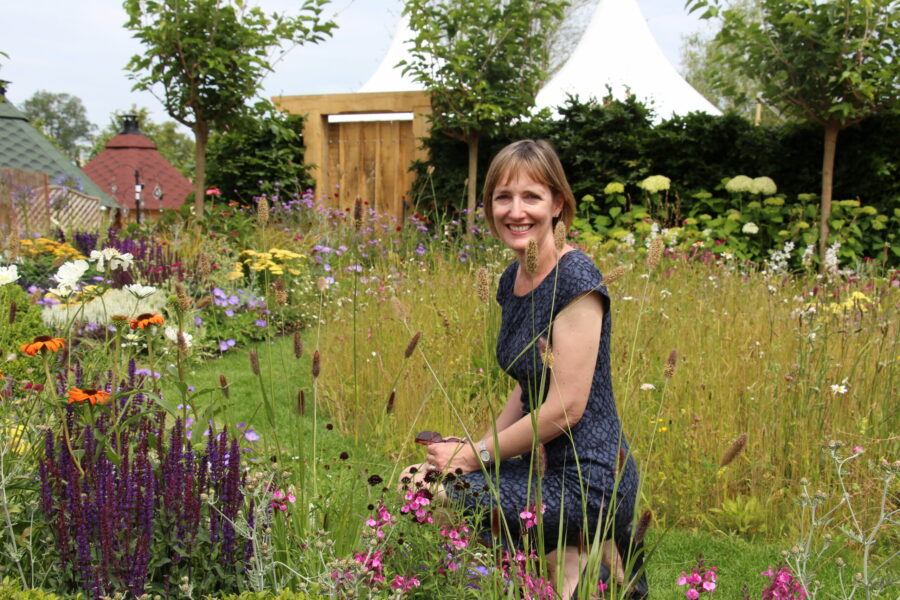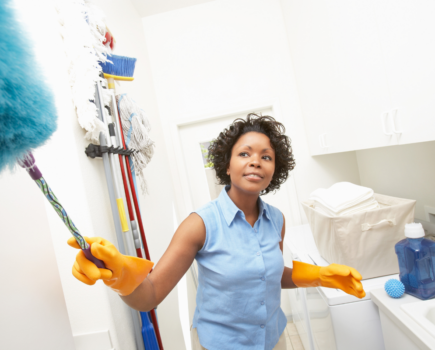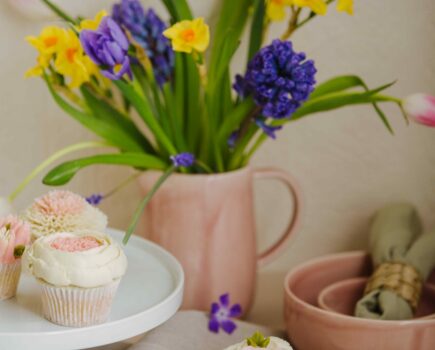Squire’s Garden Centre shares their best gardening tips during a heatwave, from watering at the right time to the things to avoid.
While we might have worked out ways to adjust to the current heat wave, spare a thought — and a little bit of time — for our gardens and plants, who are also finding ways to survive in the current exceptional temperatures.
Watering – and at the right time
Sarah Squire, Chairman of Squire’s Garden Centres, says, “I always suggest watering in the cooler parts of the day, early morning, or evening to prevent evaporation. There is also a thinking that early morning is the better time because it is when plants start to draw water again, versus evening time, when damp leaves can encourage fungal disease and potentially attract slugs and snails.
“I would also recommend watering the base of plants rather than the leaves. This helps with less wastage, as water gets more easily to the roots.
“Other watering tips include thinking of re-using washing up or bath water on ornamentals (but not vegetables), and use a watering can instead of a hose.”
Apply mulch
Sarah says, “The use of a mulch of bark or light decorative stones, for example, as a topping to the soil will help stop plants drying out and retain moisture for longer. This remedial action can also help if there are any roots visible on the surface as these can burn in the sunlight unless covered.”
Move containers to shaded areas
Sarah advises, “Container plants will naturally dry out faster than plants in the ground, so it is a good idea to move pots to shadier parts of the garden to provide extra protection or put a sunshade over precious plants shielding from the scorching sun.”
Can I still plant in a heatwave?
“It is possible to plant in the heat however, additional care and attention will be needed. Water the plant well before planting. Soaking the base of the plant in a bucket of water is a good way to do this as well, as watering the soil where you are going to plant prior to planting, will also help. Water well immediately after planting.”
If planting in a pot, position newly planted shrubs and blooms in the shadiest part pf the garden until the hottest weather has passed — and again, water daily.
Things to avoid
There are also some simple things to avoid doing during the heat to limit stress on plants and grass. Don’t cut the grass as this can cause stress to lawns and soil beneath. Sarah says, “Taller grass can create a shadow, helping retain moisture by not over-exposing the soil beneath, so try to ensure grassy areas have height to them and this will also help avoid brown patches that are a result of effect from the sun.”
Don’t keep greenhouses shut! These great growing spaces only become hotter in the heat, again another source of stress to plants. So do keep open windows and doors to allow airflow. For plants, fruit or veg really struggling, consider moving it to shadier spaces if possible.
Lawn care
While there are lots of things to watch out for when looking after lawns during hot spells — don’t feed, don’t cut it (and add some shade where possible) — it is vital any rain reaches beneath the surface.
“As the ground becomes hard with prolonged dry periods, like in a heatwave, welcome rain often runs off the surface and doesn’t easily soak in. To help water get to the roots, do spike or aerate the lawn before rain is expected. This will ensure moisture goes deeper beneath the surface and encourages the roots to grow away from the hot/dry surface and down into the cooler, damp soil.”
Planning ahead
Sarah says, “With time to reflect on the heatwave and how we manage the weather’s effects on our plants going forward, a water butt is a great investment enabling rainwater from gutters (when it eventually arrives) to be used to hydrate the garden. They come in various sizes to suit needs and with many people now on water meters, there is a great money-saving opportunity too, with added environmental benefits.”








